Exploring Ancient Footprints and New Insights into Human Migration
Written on
Chapter 1: White Sands National Park: A Unique Ecosystem
White Sands National Park in New Mexico is an extraordinary destination that should be on everyone's travel list. This vast expanse of sand dunes boasts a strikingly white appearance due to its composition of gypsum crystals, making it the largest gypsum dune field in the world. The park is home to a variety of unique species, including 40 types of moths that are endemic to this area. Many animals here have adapted to blend in with the pale dunes, providing them protection against predators.
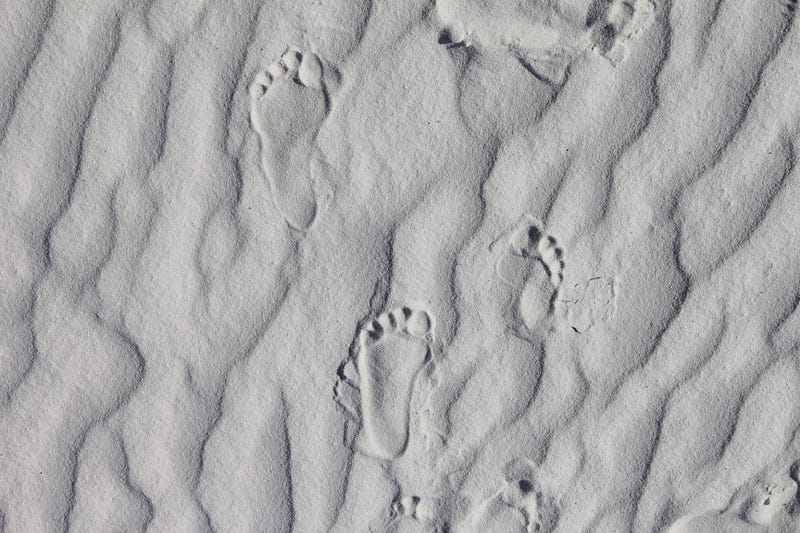
While White Sands is breathtaking, it also has a rich history hidden beneath its surface. During the last Ice Age, this area was filled with lakes and rivers, a stark contrast to its current arid state. This environment attracted a diverse array of ancient animals, including dire wolves and giant sloths—yes, giant sloths once roamed America! The abundance of fossils here makes it a significant site for paleontologists seeking to unearth remnants of the past.
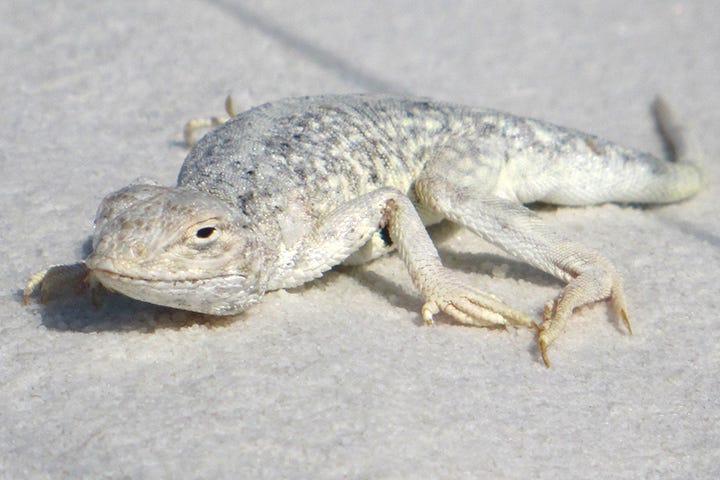
Chapter 2: A Groundbreaking Discovery
In 2021, researchers made a significant discovery while sifting through ancient sand layers: around 60 well-preserved human footprints. This remarkable find sparked a new inquiry into the age of these footprints. Carbon dating was performed on seeds found within the same layers, revealing that these footprints date back approximately 21,000 to 23,000 years. The implications of this discovery are profound.
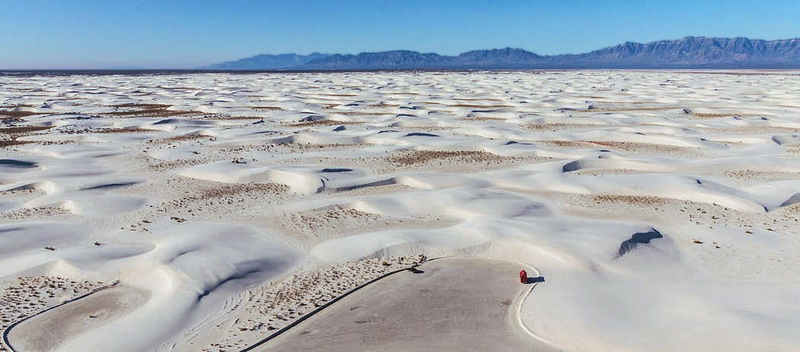
For decades, the prevailing theory has been that the first humans to arrive in North America crossed the Bering Land Bridge. This perspective, dominant since the 1950s, is reflected in textbooks and widely accepted by the public. However, this theory posits that human migration occurred around 12,000 years ago, a timeline that conflicts with the findings of the White Sands footprints.
As you can imagine, these revelations were met with skepticism. Many scientists questioned the accuracy of the dating methods, suggesting that seeds could have been transported into older layers of sand. The seeds in question are from Ruppia cirrhosa, or spiral ditchgrass, which derives its carbon from local water sources rather than the atmosphere, potentially skewing carbon dating results.

Fortunately, researchers employed additional techniques to validate the findings. As the dunes accumulate, layers of sand become buried, cutting off their exposure to sunlight. Luminescence dating, a modern method, can determine the last time certain minerals were illuminated by sunlight. This technique corroborated the original findings, confirming the footprints' age of 21,000 to 23,000 years. Further pollen analysis also supported these results.
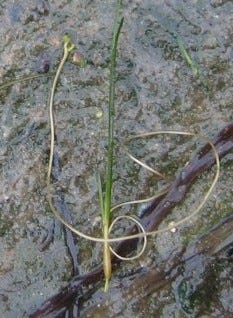
Chapter 3: Historical Context and Controversy
Other archaeological sites, such as the Bluefish Caves in Yukon, have also suggested that humans arrived in North America earlier than previously thought. The Bluefish Caves, excavated in the 1970s, contained bones with tool marks and were dated to be around 24,000 years old, leading to significant debate and hostility towards the findings advocated by Jacques Cinq-Mars.
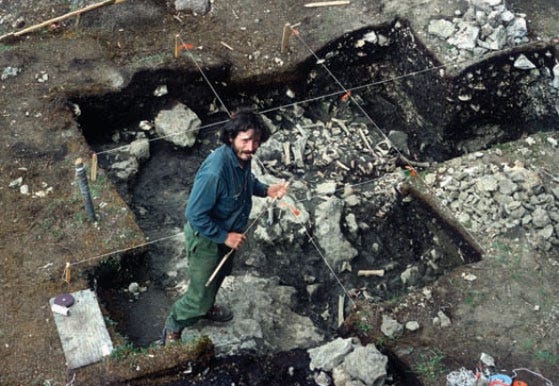
More recent discoveries, including the White Sands footprints, have provided support for Cinq-Mars's claims. Artifacts at Monte Verde in southern Chile, dated to at least 14,500 years ago, further challenge the traditional Bering Land Bridge narrative.
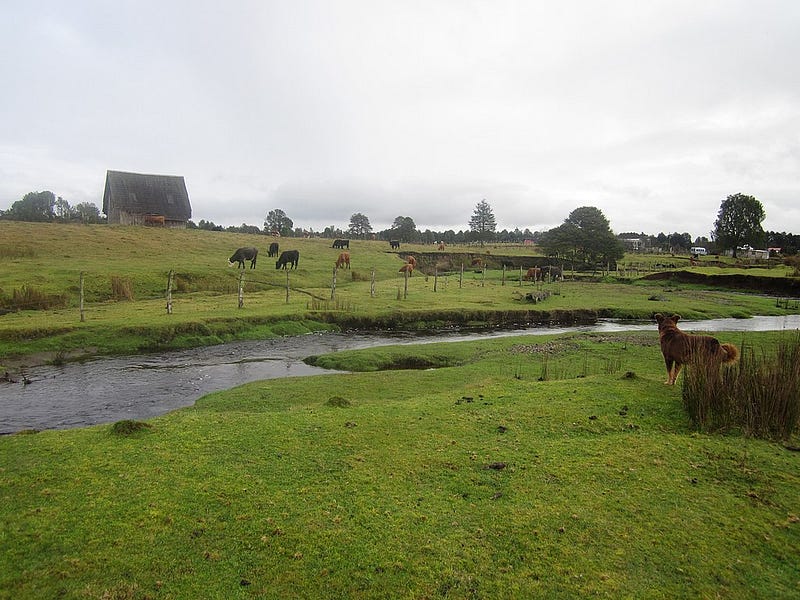
The scientific community continues to grapple with these findings. As new evidence emerges, previously fringe theories are gaining traction, including the possibility that early humans may have arrived by island-hopping across the Pacific or by coastal navigation around the glaciers. What remains clear is that the original land bridge theory, suggesting arrival only around 12,000 years ago, is increasingly untenable.
Conclusion: Continuing the Conversation
I hope this exploration has provided you with new insights! The discussion surrounding the migration of the first humans into North America is captivating and likely to evolve further. For those interested in delving deeper, I recommend “1491: New Revelations of the Americas Before Columbus” by Charles Mann, which greatly influenced this article. Additionally, the Wikipedia page on the Peopling of the Americas is an excellent resource for further information.
Stay tuned for more fascinating stories, or subscribe to my email list for weekly updates on mathematics and science topics.